The cleansing sauna is part of the essence of being a Finn.
Basically, the sauna is a way to make bathing a social occasion.
Also, as I have been taught, the first syllable rhymes with “wow” as in “sow-na” so feel free say it right!
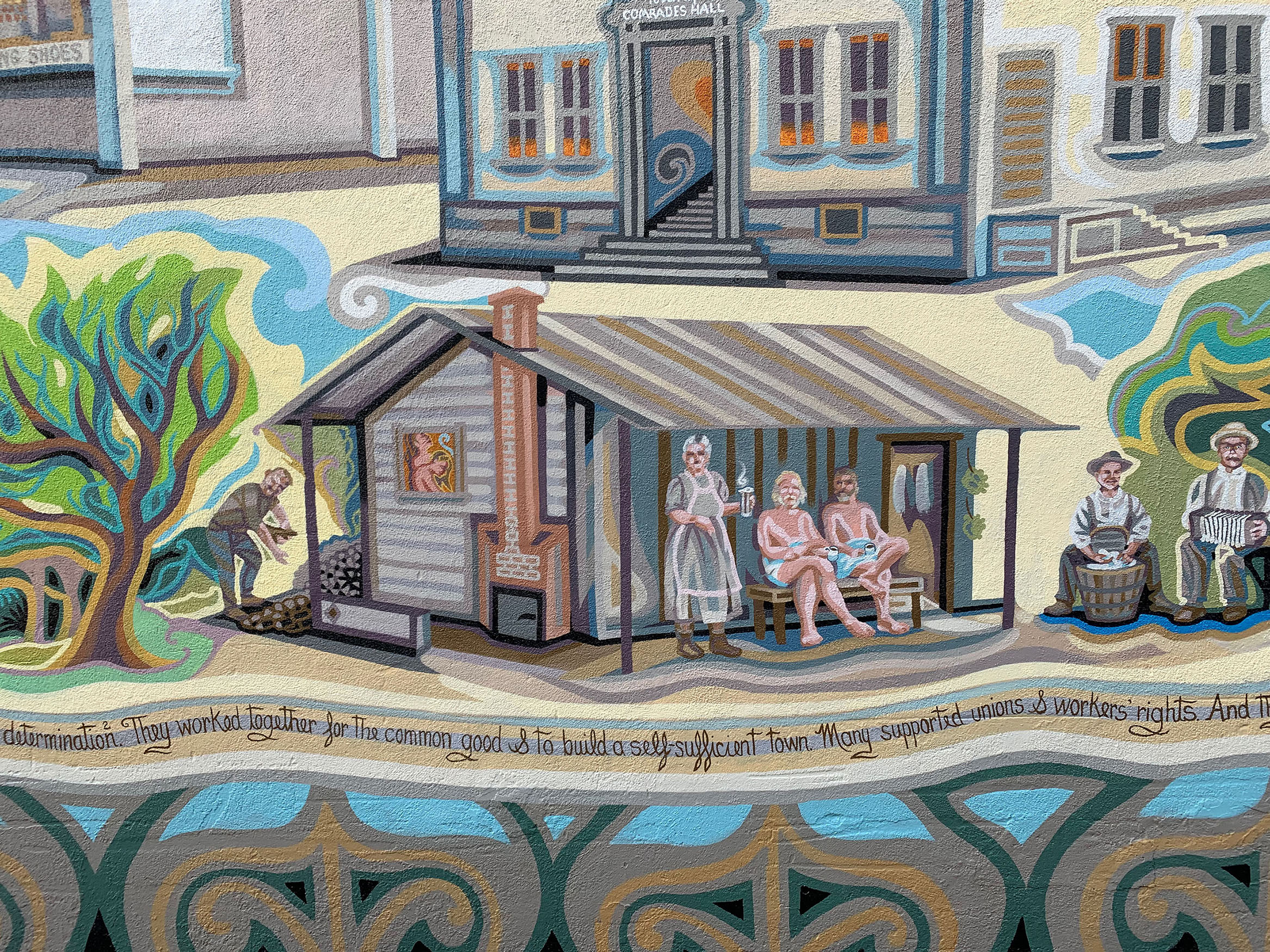
Friends and family took a sauna together, usually once or twice a week. Saturday evening saunas were a chance to relax, talk, invite guests, and enjoy coffee and cake, or beer and sausage afterwards.
My source photo below shows Adolph Backlund doing his week’s laundry and Matti Jylka playing the accordion on a sauna porch at the Caspar Woods logging camp, around 1915.

Photo supplied by Sylvia (Erickson) Bartley
Nearly every home had a sauna. Usually the sauna was the first structure built on raw land. There were different ways to structure the firebox and some saunas did not even have chimneys. Called smoke saunas, the fire was made inside, smoke rising into the room and out a window. When only coals were left, the people came in.
In the image below, see the the firebox that you can feed and clean from outside.
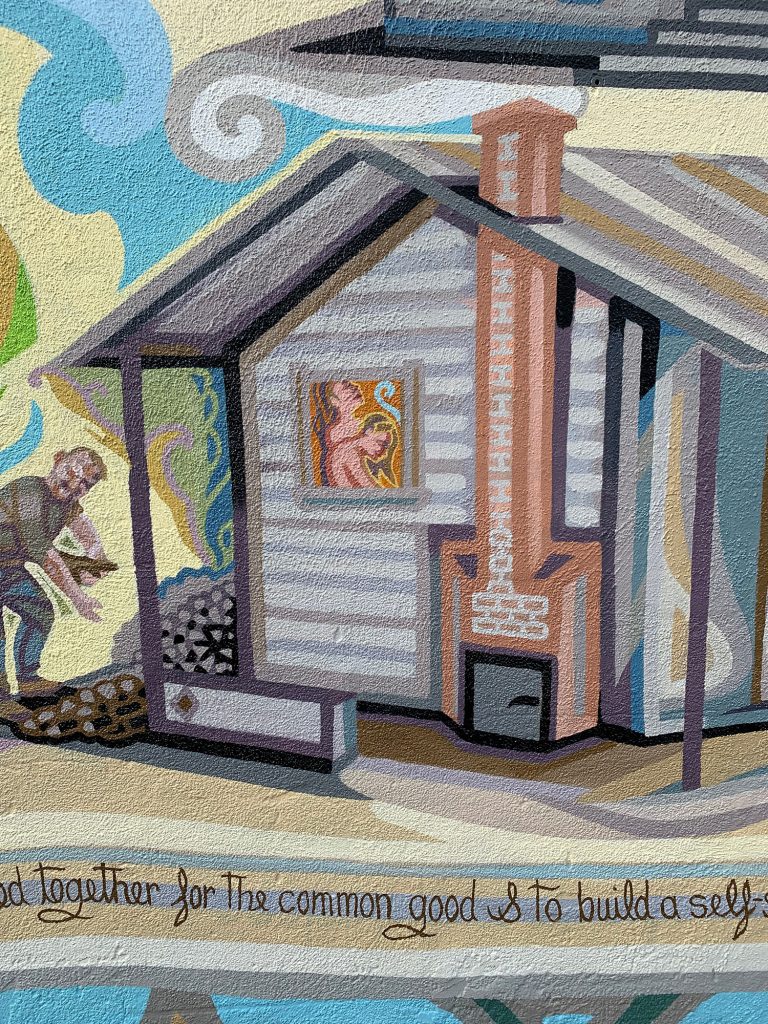
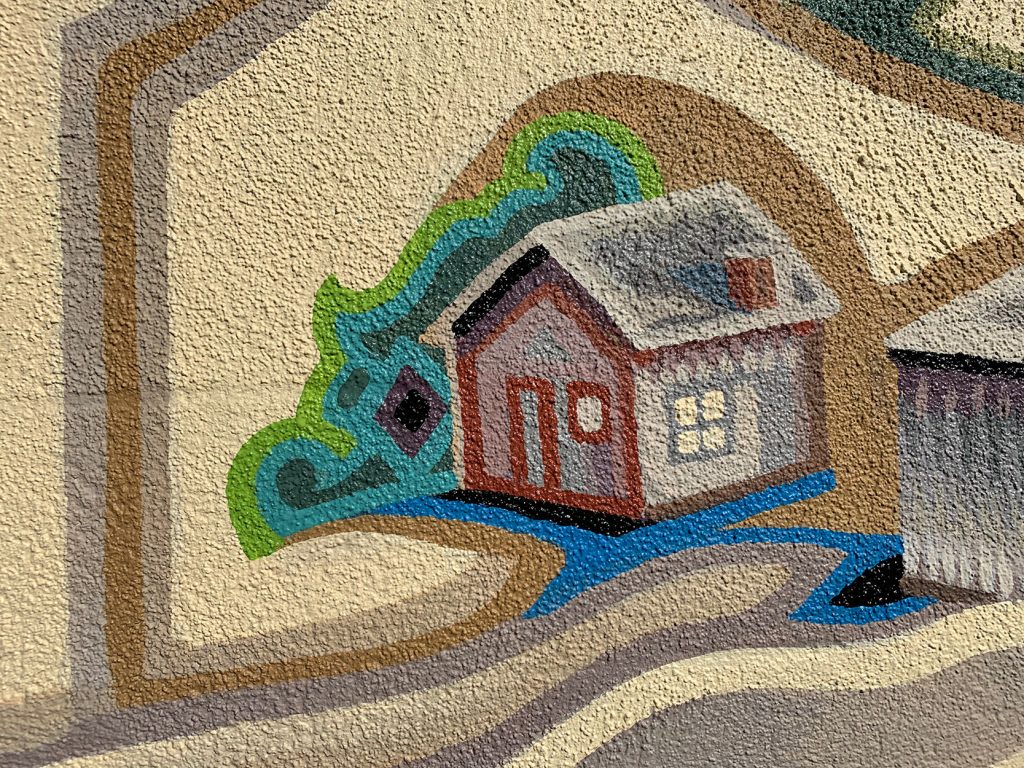
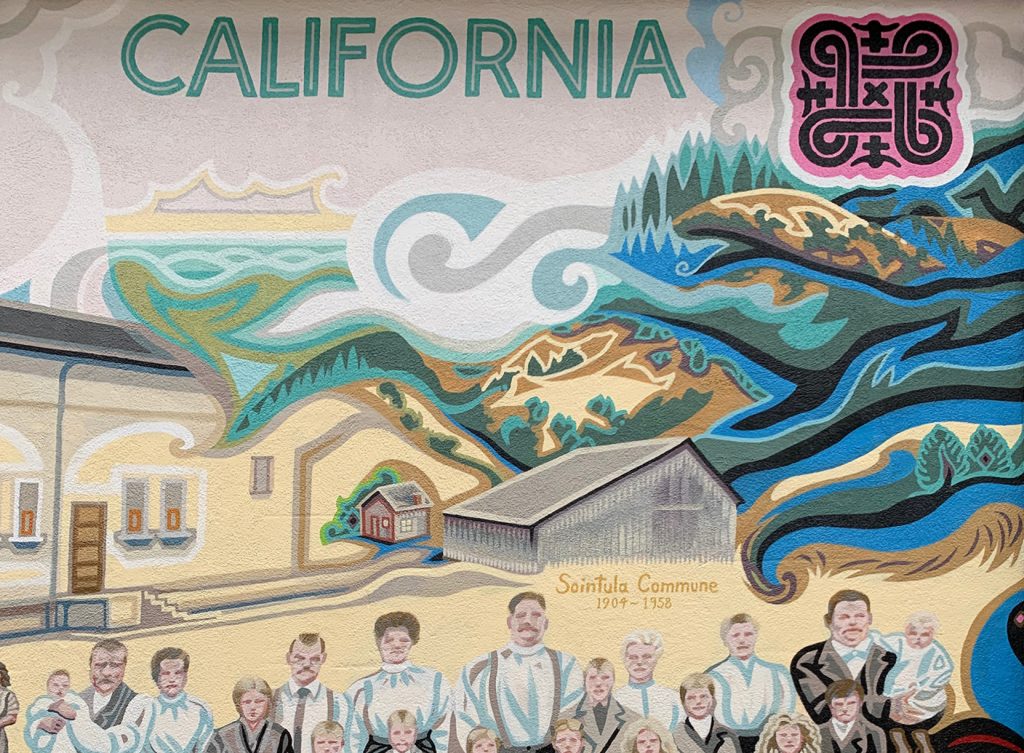
Lauri Rissanen is a new friend who is a second-generation Finn and builds saunas. He advised me on their structure and his wife Carolyn made me pulla, Finnish braided bread. Lauri said after the sauna you’d go sit on a bench outside, legs crossed and enjoy the cool. With hot coffee, of course. So he had to be the model.
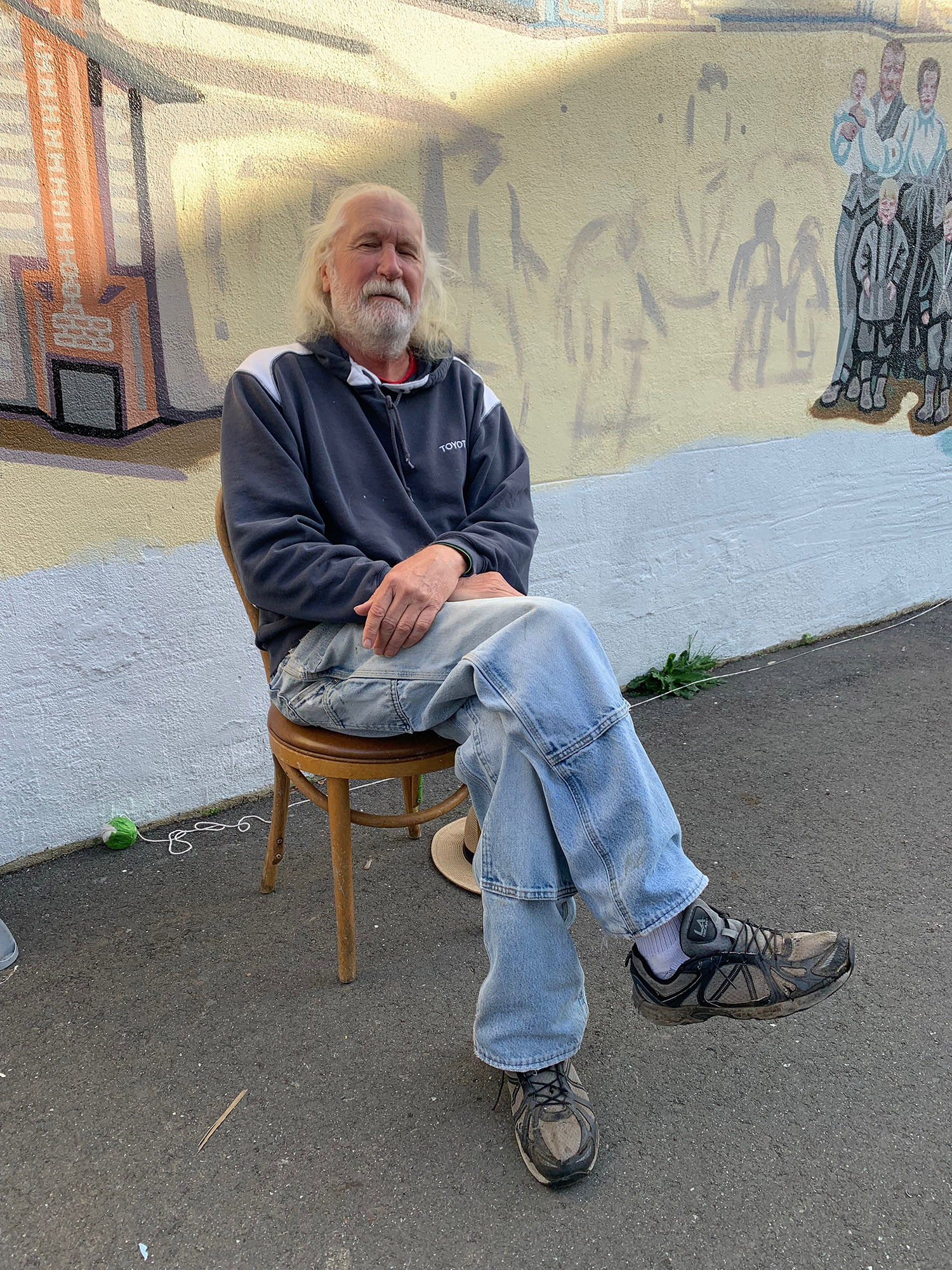
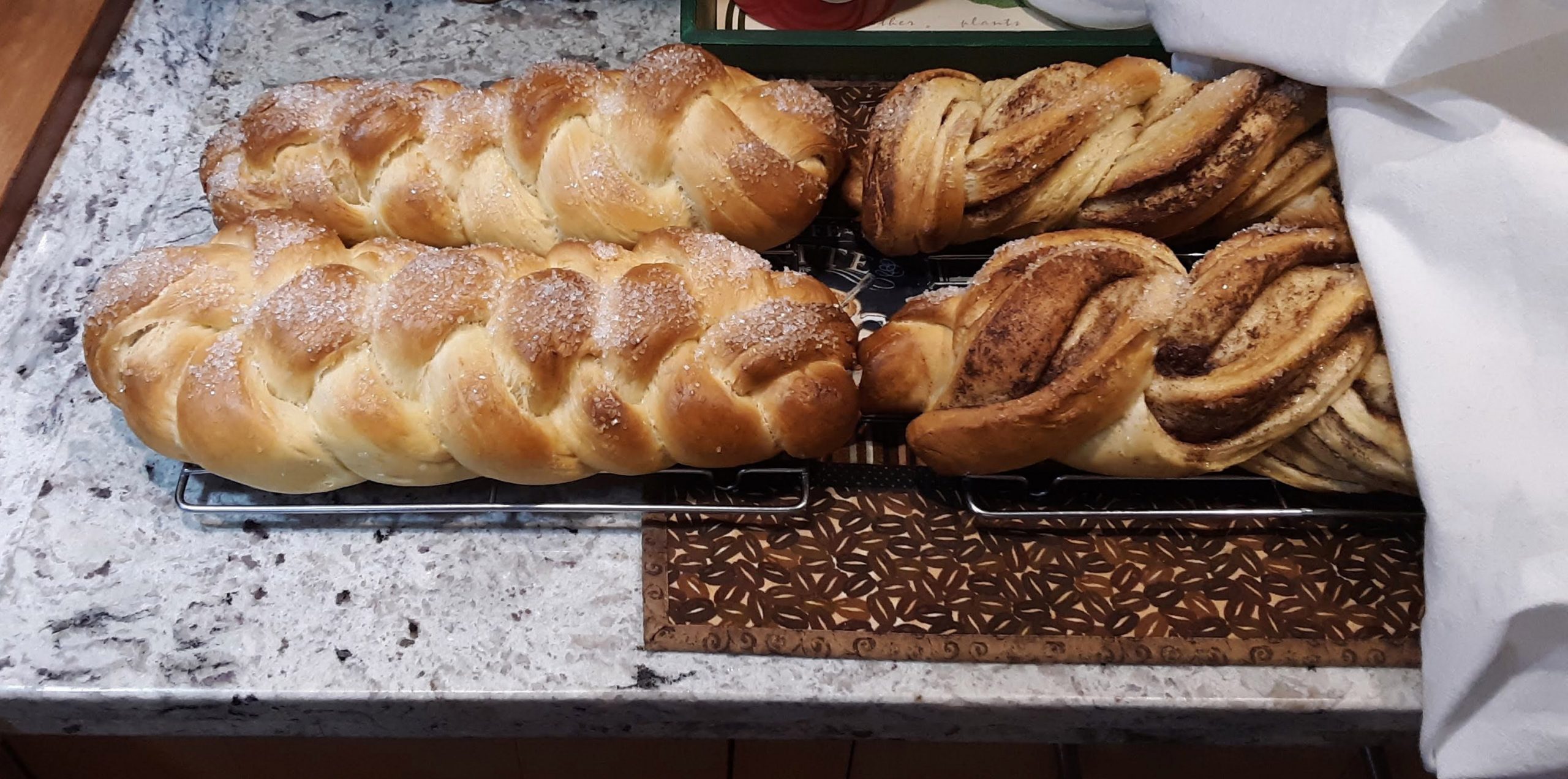

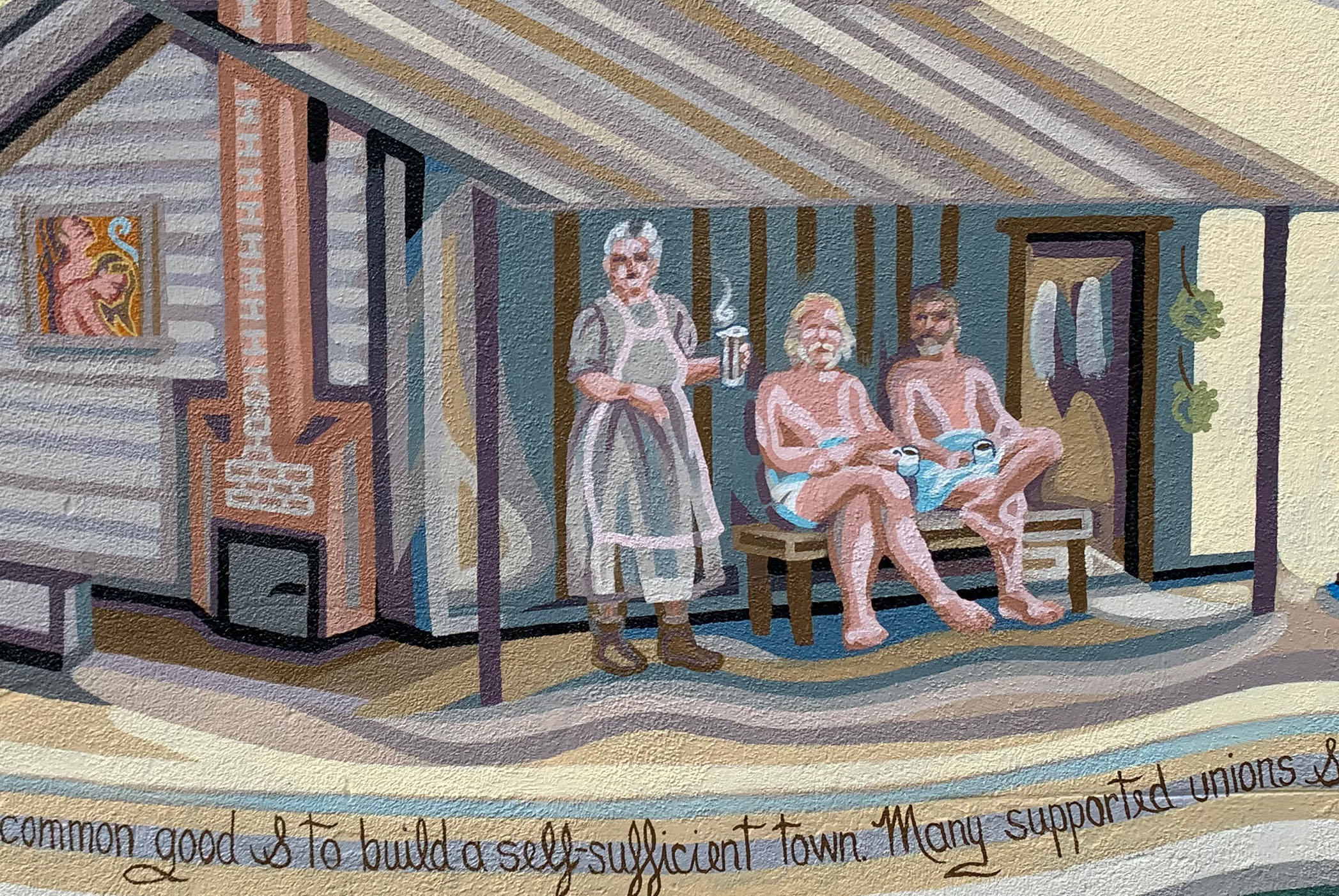
The door to the sauna leads into a dressing room, with benches and hooks for your clothes. Next to the door are leafy branches for stimulating the skin when inside. The sauna might have a middle room for buckets of cool water.

Then into the steam bath you go! It was was good to have a window in the sauna, for gazing outside as you relax, pouring water on your body, washing, and feeling the steam create cleansing sweat.
There were often two tiers of benches. People would see who could stay on the top level the longest. At the end, you would come out into the cool air and plunge in a stream or even snow, so warm that it didn’t bother you at all.
Tiina is a new friend who I met during the project. She is a Finn who lives here now, and thus is a great resource about the Finnish language, customs and sayings, and translating old letters from your great-grandparents. (Yes, that happened.)
Here she conveys some folk wisdom and explains about tar:
These figures in and around the sauna are portraits. See who they are here.